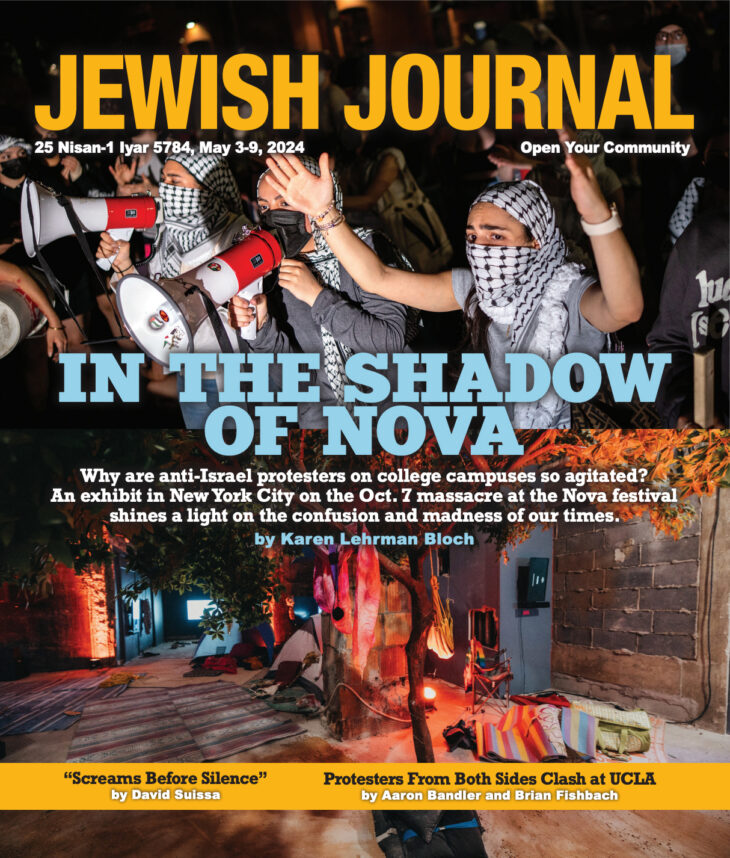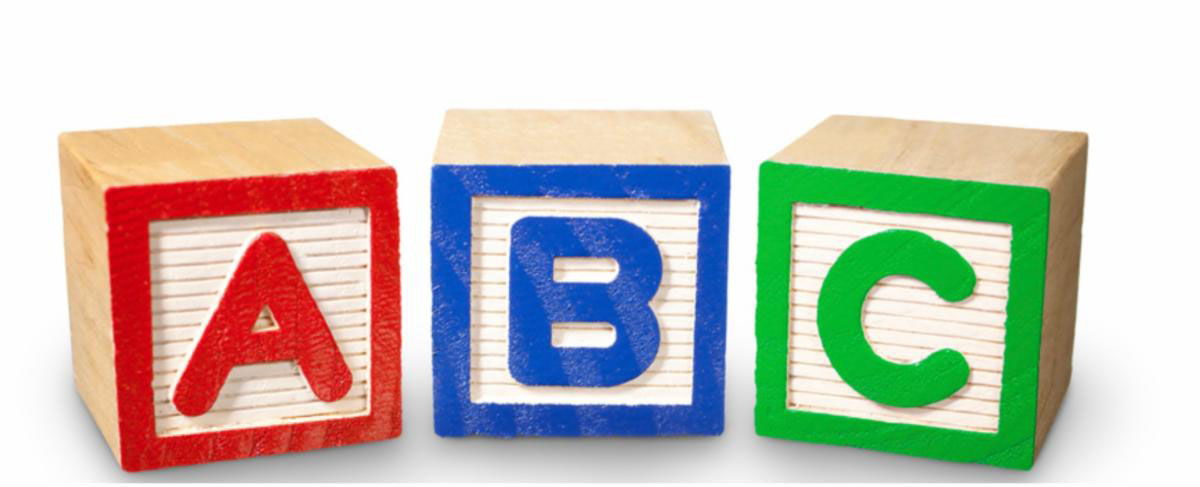A Museum of Tolerance will open in the heart of Jerusalem within four years, though at half the size and cost previously planned.
Rabbi Marvin Hier, dean and founder of the Simon Wiesenthal Center, which runs the MOT in Los Angeles as well as the proposed Jerusalem institution, delivered the emphatic vow Sunday. Hier spoke by phone as he took a power walk at Jerusalem’s Independence Park, adjoining the site of the future museum.
Speculation about the future of the controversial project, formally designated as the Center for Human Dignity — Museum of Tolerance, peaked last week, after famed architect Frank Gehry acknowledged publicly that he was withdrawing from the enterprise.
Under the Gehry design, the center-museum was to consist of eight separate buildings, totaling 240,000 square feet at an estimated cost of $250 million.
Those specifications will be scaled back under the new plan, to one large building of 120,000 square feet at an estimated cost ranging from $80 million to a maximum of $100 million.
(Even after the reduction, the Jerusalem MOT will be larger than its sister institution and predecessor, the Museum of Tolerance in Los Angeles. That 100,000-square-foot facility opened in 1993 and cost some $60 million to build.)
Hier said four Israeli architects have been invited to submit designs for the Jerusalem building, and a final selection is expected within 90 days.
Gehry’s original plans, first announced in 2002 and widely publicized in a 2004 groundbreaking ceremony attended by Israeli and American dignitaries, were embroiled in controversy from the beginning.
Critics in Israel and the United States questioned the need and efficacy of such a museum. Some objected to the aesthetics of the design, and some labeled the whole concept as a foray of “American cultural imperialism” imposed on historic Jerusalem (see “Unbuilt” in The Journal’s Jan. 22 issue, or at jewishjournal.com).
But there have been years of delay after Palestinian and some Israeli advocacy groups claimed that the site for the new museum is an ancient Muslim cemetery that would be desecrated by the museum’s construction.
The Israeli Supreme Court considered the legal arguments for nearly four years, finally giving the go-ahead to the Los Angeles-based Wiesenthal Center last year.
In the end, however, it was not political pressure but rather the global economic downturn, exacerbated by the judicial delays that forced the drastic downscaling, Hier insisted.
“While it seemed perfectly possible in 2002 to raise the money, by 2009 we were forced to reconsider in light of the declining economy,” he said.
Last Nov. 5, the Wiesenthal Center board of trustees unanimously agreed on the more modest parameters of the museum. The decision was not made public, Hier said, because it was hoped to link its announcement to the appointment of a new Israeli architect.
However, a blogger discovered in mid-January that all references to the Jerusalem MOT had suddenly disappeared from the Wiesenthal Center Web site, replaced by a “please check back soon” notice.
Besieged by questions, Hier and Gehry released a joint statement last week, acknowledging the “redesign” and Gehry’s withdrawal, due to his commitment “to other projects around the globe.”
After praising the planned MOT as “the embodiment of human respect and compassion,” Gehry said that “contrary to published reports … this parting has nothing whatsoever to do with perceived political sensitivities.”
Hier, reached in Jerusalem where he is attending his granddaughter’s wedding, said more than $10 million has been spent on the project so far, including some $7 million for Gehry’s work, and more than $3 million for legal, public relations and incidental costs.
Although the long Supreme Court injunction against going ahead on the project prevented Hier from launching a national fundraising campaign, he said he has some $54 million in reserve, available to put toward the cost of the Jerusalem project. The money has been contributed by 48 Wiesenthal trustees and major supporters in cash and active pledges.
Hier took a swipe at the media for what he called inaccurate reporting and omissions, and he sounded as confident and combative at 70 as when he founded the Wiesenthal Center as a one-man operation in 1977.
Countering reports that all activity on the project had been halted, Hier said that over the last 10 months workers have dug down to bedrock at the Jerusalem site to remove old sewer pipes and cables.
At the same time, pipes and cables have been assembled adjacent to the building site, indicating that there is no thought of abandoning the project.
In a second development, Hier said that two weeks ago a three-person panel of the Israeli Supreme Court rejected an attempt by the Palestinian and Israeli plaintiffs to reopen the case. They claimed the Israel Antiquities Authority had been in collusion with the MOT and had ignored the advice of its own experts.
The panel, led by Supreme Court President Dorit Beinisch, denied the petition and levied fines on the plaintiffs.
“What the court said, in effect, is ‘The case is over, get used to it,’” said Hier, who questioned why the Israeli media had not reported on the court’s action.
Plaintiffs in the case were not immediately available for comment.






















 More news and opinions than at a Shabbat dinner, right in your inbox.
More news and opinions than at a Shabbat dinner, right in your inbox.